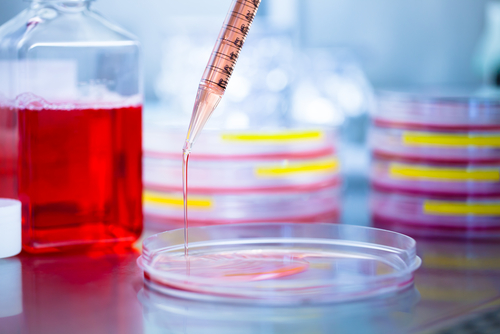Detection of Gaucher Biomarker Not Affected by Similar Molecule, Study Reveals

Plasma levels of a molecule called galactosylsphingosine are low enough that they do not interfere with the detection of the Gaucher disease biomarker glucosylsphingosine, or Lyso GL-1, a study using a new analytic approach has found.
The study, “Galactosylsphingosine does not interfere with the quantitation of plasma glucosylsphingosine levels in Gaucher patients,” published in the journal Clinica Chimica Acta.
Measuring the plasma concentration of the lipid (fat) molecule Lyso GL-1 is useful for diagnosis and monitoring treatment response in people with Gaucher. However, a different lipid — galactosylsphingosine, or psychosine — may interfere with its precise measurement, as the two molecules are isomers, which means they have the same composition, but a different arrangement of atoms.
The inability to differentiate Lyso GL-1 from galactosylsphingosine could ultimately lead to misdiagnosis, as well as affect decisions regarding disease progression or treatment effectiveness in patients with Gaucher.
To examine this further, a team of researchers at Sanofi conducted a study to determine the plasma levels of the two molecules, using 41 plasma samples from Gaucher patients and 25 from healthy adults.
However, techniques previously used for similar purposes were not suitable for use in clinical laboratories due to the demands of sample preparation or unavailability in most labs, the investigators said.
So they developed a high-throughput sample preparation technique and used a combination of two analytical methods known as liquid chromatography and mass spectrometry (LC/MS/MS) to distinguish Lyso GL-1 from galactosylsphingosine and determine their levels.
Results revealed that this method efficiently separated the two molecules. The levels of Lyso GL-1 (2.7–475.8 ng/mL) were consistently higher in patients with Gaucher than in the controls. Galactosylsphingosine did not interfere with this detection, as further tests in 10 Gaucher patients’ samples showed it was either below the detection level or easily distinguishable.
Additionally, because the relative level of galactosylsphingosine is below 3% of Lyso GL-1, the researchers deemed its interference on Lyso GL-1 measurement “negligible” and considered the future separation of the two molecules in plasma samples unnecessary.
As a result, this enables the development of “a more high-throughput LC/MS/MS method with short run time [to] be implemented in the clinical laboratory,” they wrote.



